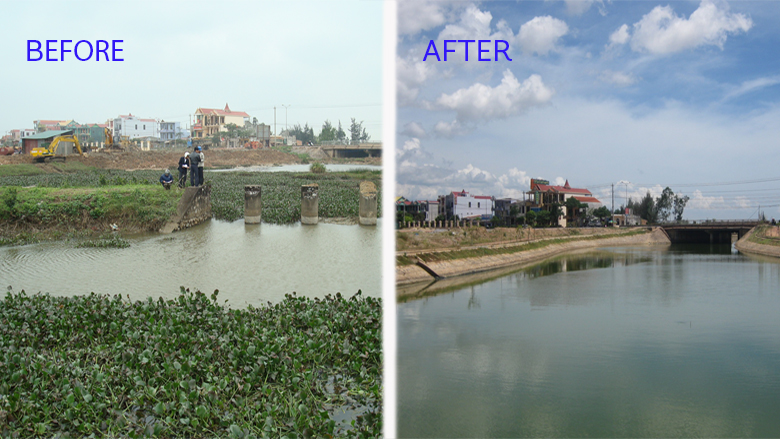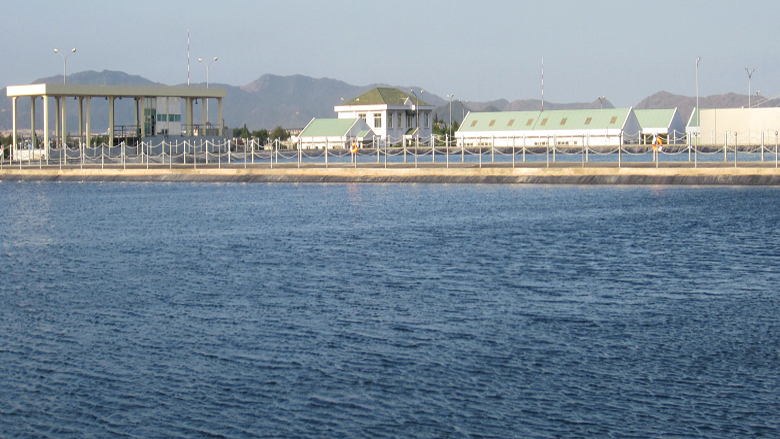Synopsis
The Coastal Cities Environmental Sanitation Project provided drainage, wastewater collections and treatment plants as well solid waste management facilities and conducted a comprehensive capacity building program in the cities of Dong Hoi, Quy Nhon and Nha Trang. More than 800,000 citizens benefited from the project with about 250,000 benefiting from reduced flooding. More than 800,000 citizens now enjoy improved solid waste management service, 66,500 students have better schools sanitation facilities; and 8,452 poor families have benefited from the received revolving fund for upgrading their toilets.
Challenge
Vietnam is one of the fastest urbanizing countries in the region, largely due to rural urban migration. Urbanization is fuelling economic growth but it also adds to the challenges to cities’ abilities to provide efficient service delivery and adequate infrastructure, especially liquid and solid wastes, and drainage.
Urban wastewater and storm waters were discharged without treatment through combined systems to nearby watercourses. Due to lack of maintenance, flooding was common in urban centers and large sections of these combined networks. Constructed decades ago, these needed rehabilitation.
The country was also producing around 15 million tons of solid waste per year, which were disposed of mainly to uncontrolled open dumping sites, with few sanitary landfills. Solid waste collection ability could only serve 70% of the urban population.
Weak capacity and low cost recovery has been also considered as a major sector’s issues.
Solution
The project used an integrated and innovative approach to address the challenges that include the following:
• Take an investment-phased approach and select appropriate technologies.
• Mark household connections and collection systems as crucial elements.
• Enhance project/contractual management.
• Conduct compensation and resettlement processes in a timely and consistent manner.
• Promote efficient institutional and regulatory arrangements at the local level. Financial commitment and address cost recovery issues.
• Place Information-Education-Communication (IEC) program for WW/SWM tariffs increase and behavior change as a top priority, to include community participation and the establishment of environmental learning centers in the participating cities.

